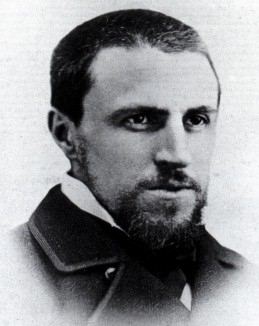Gustave Caillebotte (Gustave Caillebotte)

Artist. Born to a wealthy family who had made their money in textiles and real estate during the redevelopment of Paris in the 1860s, Gustave Caillebotte was an engineer by profession, but also attended the Ecole des Beaux-Arts in Paris. He met Edgar Degas, Claude Monet, and Pierre Auguste Renoir in 1874 and helped organize the first impressionist exhibition in Paris that same year. He participated in later shows and painted some 500 works in a more realistic style than that of his friends. Gustave was an artist with remarkable abilities, but his posthumous reputation languished because most of his paintings remained in the hands of his family and were neither exhibited nor reproduced until the second half of the 20th century. His early paintings feature the broad new boulevards and modern apartment blocks created by Baron Haussmann for Paris in the 1850s and ’60s. The iron bridge depicted in The Pont de l’Europe (1876) typifies this interest in the modern urban environment, while The Parquet Floor Polishers (1875) is a realistic scene of urban craftsmen busily at work. Caillebotte’s masterpiece, Paris Street; Rainy Day (1877), uses bold perspective to create a monumental portrait of a Paris intersection on a rainy day. Gustave also painted portraits and figure studies, boating scenes and rural landscapes, and decorative studies of flowers. He tended to use brighter colours and heavier brushwork in his later works. Gustave’s final request of his art collection was to be given to the French government which they accepted only reluctantly by the state. When the Caillebotte Room opened at the Luxembourg Palace in 1897, it was the first exhibition of Impressionist paintings ever to be displayed in a French museum. Gustave died of pulmonary congestion while working in his garden at Petit-Gennevilliers in 1894. (bio by: Shock)
Born
- August, 19, 1848
- France
Died
- February, 02, 1894
- France
Cemetery
- Cimetière du Père Lachaise
- France

